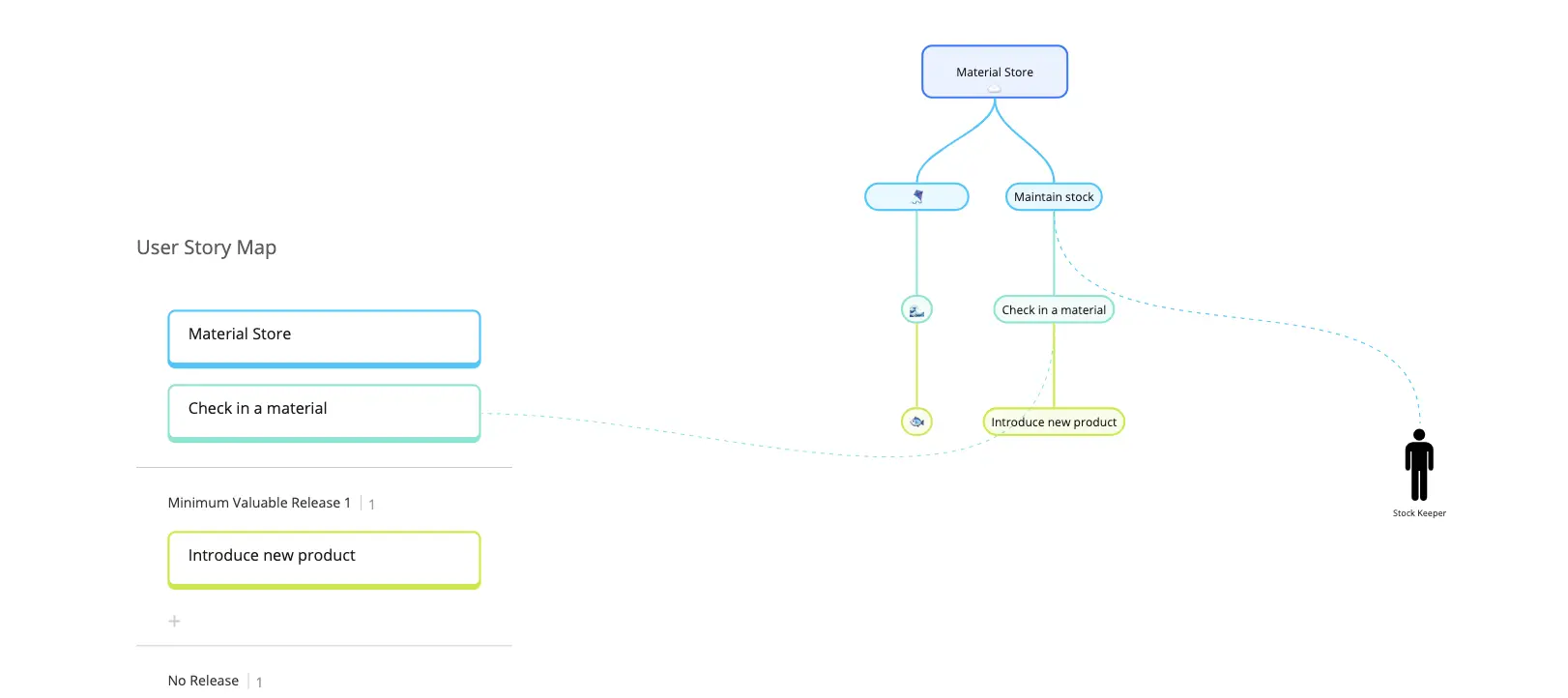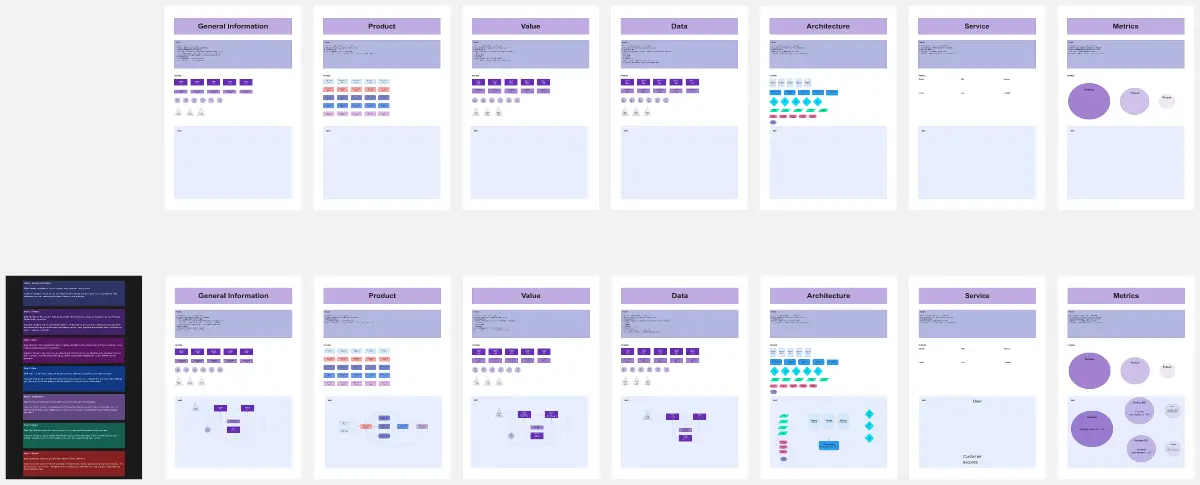10-Step Framework for Cohort Analysis
Define Your Goal: Decide what you want to learn. E.g., "Do players who join the app in winter stay longer than those who join in summer?"
Identify the Cohort: Choose the group to study. E.g., users who downloaded the app in January.
Determine the Time Frame: Set how long you'll track the cohort. E.g., six months.
Collect Data: Gather information on user behavior during the time frame.
Segment Your Data: Break your data into smaller groups for comparison. E.g., daily or weekly activity levels.
Analyze the Data: Look for trends and patterns in the behavior of your cohort.
Compare Cohorts: Evaluate the January cohort against the June cohort.
Draw Insights: Understand why specific patterns or behaviors are occurring. For example, are winter players more engaged because they spend more time indoors?
Make Decisions: Use your findings to improve your product or strategy. For example, offer more winter-themed events in the game.
Report and Repeat: Share your findings with your team and repeat the analysis with new cohorts or over different time frames to improve your understanding.
Cohort Analysis in Google Ads Example
Defining the Cohort: Your cohort could be users who clicked on a specific Google Ad and made their first purchase in a particular month, say January 2023.
Time Frame for Analysis: You decide to track these customers' behavior over the next six months to understand their purchasing patterns and loyalty.
Collecting Data: You gather data on these customers using Google Analytics linked with your Google Ads account. This data includes their purchase history, how often they visit your site, and whether they interact with future ads.
Segmenting the Data: You might segment the data by weeks or months to see how this cohort's purchasing behavior changes over time.
Analyzing Customer Behavior: You observe key metrics like repeat purchase rate, average order value, and frequency of site visits.
Comparing with Other Cohorts: You reach the January cohort with other cohorts, such as those who first purchased in February, March, and so on, to see if there are seasonal trends or differences in behavior.
Identifying Patterns and Trends: The January cohort, acquired during a winter sale, has a higher repeat purchase rate than the summer cohorts. It might indicate that sales events are effective in attracting loyal customers.
Applying Insights to Google Ads: Based on these insights, you may allocate more budget to winter sales campaigns or re-target customers from the January cohort with special offers to maintain their interest.
Adjusting Campaign Strategy: You also use this data to refine your ad targeting, perhaps focusing more on demographics that showed higher loyalty in the cohort.
Ongoing Review and Adaptation: Regularly performing cohort analysis with each new campaign or monthly cohort helps improve your ad strategies and customer understanding.

Mark V. Smetanin
Product Portfolio Director @ CHM inc.
E-commerce, AdTech, SalesFunnels, ShortTermRentals, Property Management, SAAS, Communication models, API, Payments, Fintech.
Categories
Similar templates
User Goal Hierarchy and Story Map
Improve Any Product - Product Management

Improve Any Product - Product Management
Improve Any Product - Product Management template provides a structured framework for enhancing product quality and performance. By analyzing customer feedback, identifying improvement areas, and implementing iterative enhancements, this template empowers product managers to optimize product features and functionalities. With sections for prioritizing enhancements and tracking progress, it facilitates continuous improvement efforts, ensuring that products meet evolving customer needs and market demands.
Ecosystem Mapping
User Goal Hierarchy and Story Map
Improve Any Product - Product Management

Improve Any Product - Product Management
Improve Any Product - Product Management template provides a structured framework for enhancing product quality and performance. By analyzing customer feedback, identifying improvement areas, and implementing iterative enhancements, this template empowers product managers to optimize product features and functionalities. With sections for prioritizing enhancements and tracking progress, it facilitates continuous improvement efforts, ensuring that products meet evolving customer needs and market demands.

